November 12, 2018–February 24, 2019
The Metropolitan Museum of Art, New York, New York
The exhibition Jewelry: The Body Transformed, at The Metropolitan Museum of Art, is an ambitious and comprehensive exploration of the complex relationship between jewelry and bodies throughout recorded history. Featuring 230 works, largely from the Met’s collection, the exhibition is lauded for taking an innovative curatorial approach to contextualizing human adornment. I had the privilege of speaking with Melanie Holcomb, curator of medieval art and lead curator for this exhibit, about the behind-the-scenes labor of curating and displaying such a broad range of objects.
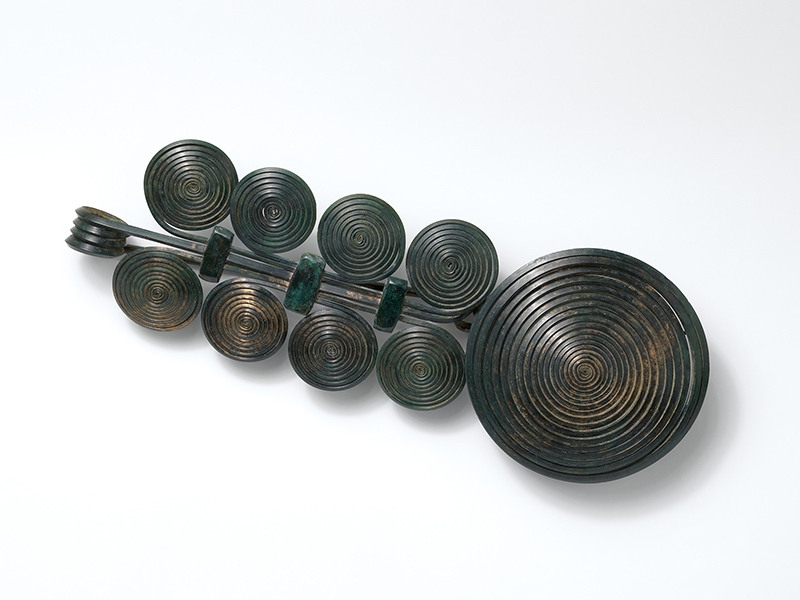
Adriane Dalton: Please begin by describing your role as a curator with The Metropolitan Museum of Art, both generally and specifically in regard to Jewelry: The Body Transformed.
Melanie Holcomb: I specialize in the luxury arts of the Middle Ages, which includes jewelry. I am also the lead curator of this project, working with a team of five other curators who have a range of specialties, as well as a trio of talented exhibition designers.
What is your relationship to jewelry, both personally and professionally?
Melanie Holcomb: I don’t own a lot of jewelry—I just stick to a few key pieces—but each one has a story that goes with it. As a curator, I love thinking about art and what it does to us and for us. Jewelry is a particularly fascinating art form with extraordinary potency, due no doubt to its intimate relationship to the human body. What we argue in the exhibition is that it has the power to transform us.
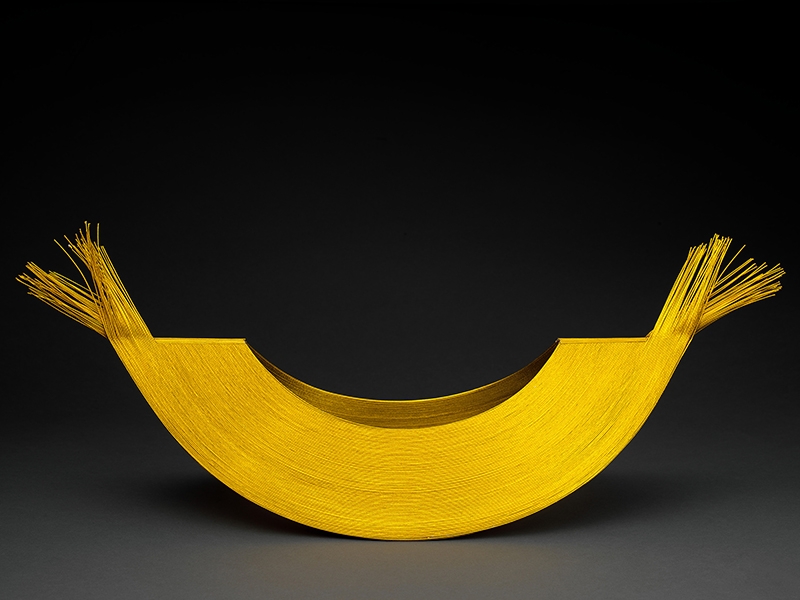
Jewelry: The Body Transformed presents a variety of jewelry objects, ornaments, armaments, and representations of adorned bodies via paintings, photographs, and sculptures. These 230 works range from ancient to contemporary, and represent modes of jewelry and adornment from cultures throughout the world. What were the challenges of organizing an exhibition of this scope and scale?
Melanie Holcomb: In some ways it was a crazy task—how does one organize the world? On the other hand, it’s exhilarating to be able to move across time and place and think about where the connections lie. In terms of practicalities, surely the most difficult task was whittling down the 8,000 pieces of jewelry in the Met’s collection to a manageable number for an exhibition.
A tremendous amount of research, planning, and behind-the-scenes labor is required for any exhibition, particularly an exhibition that includes objects from so many different areas of the Met’s collection. What sparked the idea for this show, and how did you develop the final concept for the exhibition?
Melanie Holcomb: It was my colleague and fellow jewelry team member Beth Carver Wees (the Ruth Bigelow Wriston Curator of American Decorative Arts), who first convened a group of us jewelry-lovers to talk about jewelry. She had the great idea of a cross-departmental exhibition on the topic. I was charged with refining the checklist and developing the overall concept. In our conversations, two ideas kept coming up again and again: that jewelry is a unique art form by virtue of its relationship to the body—we are the original canvas!—and that jewelry has real agency. Far from mere adornment, it does something to us, completing us in certain ways.
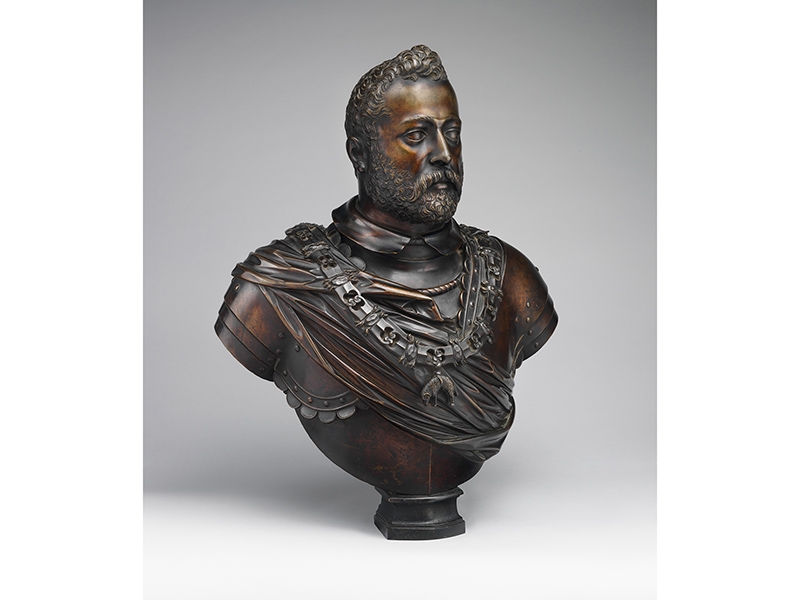
The exhibition is organized by objects intended for use on a particular area of the body, and also thematically into delineations that include The Divine Body, The Regal Body, The Transcendent Body, The Alluring Body, and The Resplendent Body. How did this approach to categorizing these objects come about?
Melanie Holcomb: We knew we didn’t want a show that was a stale march through history with one style superseding another. We were looking instead for great stories across time and space that spoke to jewelry’s power. The five overarching themes you mention emerged organically from those stories as we thought about the ways that jewelry transforms us.
As you note, the exhibition opens with a dramatic gallery that presents a taxonomy of jewelry organized and presented according to where it sits on the body. Not only does this installation make for a great opening splash, it also conveys in an experiential way the crucial relationship between jewelry and the body. Because this gallery features some of the finest pieces from our collection, it also sets the stage for the global and trans-historical displays that follow.

Throughout the exhibition, ancient and contemporary objects are exhibited side by side. What, in your opinion, is one of the more striking juxtapositions of works from different time periods or cultures?
Melanie Holcomb: Yes, ancient works are juxtaposed with contemporary ones. And jewelry from India sits next to jewelry from Africa, next to jewelry from Europe. We were keen to think about jewelry without the usual barriers—something that is almost never done.
Certainly one of the most dramatic juxtapositions is the one you encounter when you first step into the exhibition. If you look to your right, you will see an array of Egyptian broad collars, some of which are over 3,500 years old. If you look to the left, you see, seemingly hovering in mid-air, a necklace from 1986 by Eugene and Hiroko Pijanowski, which echoes the same forms as the broad collars. I am also quite fond of a moment in the show where the face on a Pacific Islander mask stares down an Italian bust of Francesco I de Medici (wearing a fraternal collar necklace), which in turn fixes its gaze on a bronze statue of a queen mother from the Kingdom of Benin (wearing a stack of coral beads). It epitomizes the kinds of cross-cultural encounters we wanted the show to present.
Of the 230 objects on view, which is the oldest, and which is the most recently created?
Melanie Holcomb: The oldest pieces in the show are an ensemble of jewelry from the so-called Royal Cemetery at Ur. This Mesopotamian jewelry dates from around 2500 BCE. The most recently designed piece is an aluminum torque with diamonds by Daniel Brush, from 2010–2014.
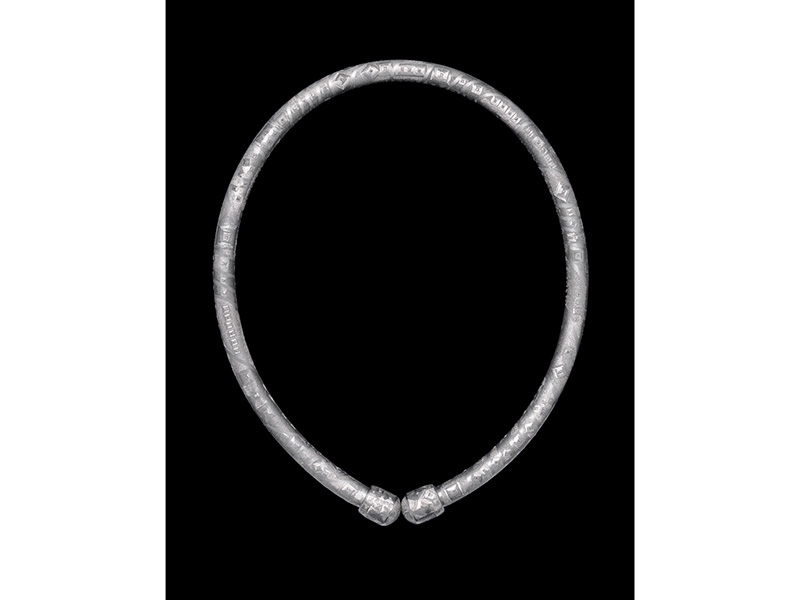
Among the challenges of exhibiting jewelry is presenting works designed for the body when the body is absent. With the body as the focus for the exhibition, what are some of the ways this challenge was addressed in the exhibition?
Melanie Holcomb: A great question. This is a paradox the designers and I loved and wanted to play with. Though we think of the body as something completely natural, it is in fact something we fashion through clothing and adornment. It was therefore crucial that we not present the body too literally or with distracting specificity. (Not to mention, too, that too many mannequins would have taken the focus off the jewelry.)
We play with this idea of the present/absent body in a number of ways. In the opening gallery, the body is only implied by the way in which the jewelry is displayed. Indeed, if you stand behind the case in just the right the way, it can appear as if you are wearing the jewelry—thus you, the visitor, provide the missing body. In other parts of the exhibition we use objects from the Met’s collection—photographs, drawings, prints, paintings, and sculpture—to bring bodies into the viewer’s consciousness. Finally, in a few instances there are body parts that emerge from the backboard of the cases in low relief. Here we made use of 3D scans to conjure parts of the body historically appropriate to the jewelry they highlight.
Is there a particular work that presented significant display challenges without a body?
Melanie Holcomb: Belts! Belts proved to be among the trickiest of all. We worked closely with a team of installers—all artists themselves—to develop mounts that made it seem as if they were wrapped around the waists of invisible beings. One of my favorite mounts was made for a medieval belt, one with a very long strap that would have hung from the waist all the way to the floor. Rather than have the strap fall straight down, the mount-makers devised a mount that allowed it to ripple in space—a beautiful solution that makes the piece seem to come alive.
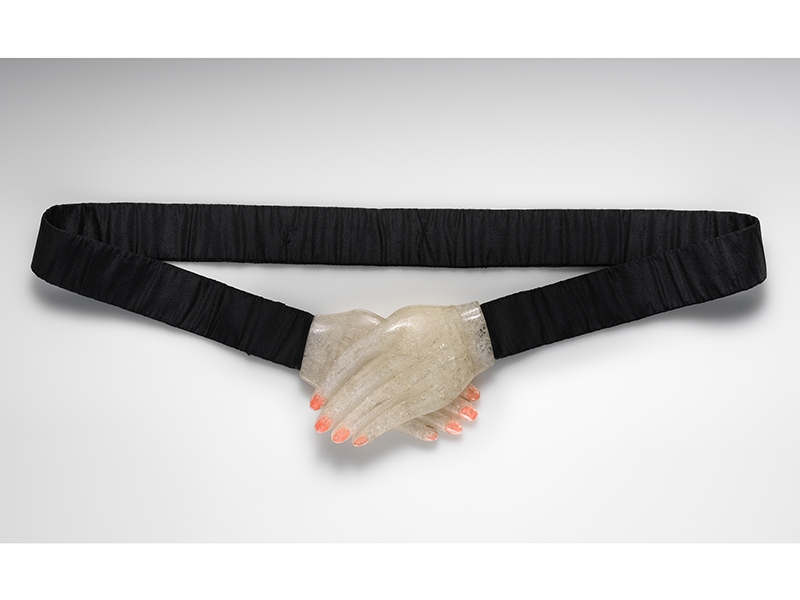
What are you reading, either for pleasure or for research?
Melanie Holcomb: I’m in the thick of two books, both of them inspired by the exhibition in different ways. The first is The Empire of Cotton: A Global History, by Sven Beckert. I admire its ambitious scope and its effort to examine the world through a single commodity. The other is The Big Oyster, by Mark Kurlansky, which is about the history of oysters in New York City. This exhibition left me obsessed with pearls and with bivalves in turn. (Sadly, New York oysters were never pearl-producers).
Thank you!





